(155) Rosemary Park②
文字数 3,884文字
This time, I’d like to introduce buildings other than the information shop (New Place) in Rosemary Park.
Shakespeare is so popular that many people are studying him. He makes heavy use of metaphors in his works. There is a lot of research on figurative mystery solving, and there are also thick specialized books on his flowery language. Many dogs appear in his works, and they are often used as metaphors rather than actually appearing on the stage.
Perhaps the most famous mention of dogs in Shakespeare's works is Julius Caesar's Act 3, 1st, Line 273, said by Antony.
"Cry Havoc!', and let slip the dogs of war."
Translated literally, this means "Scream in battle, and unleash the dogs of war."
Here, the dogs of war do not mean dogs, but soldiers.
This is annoying to dogs, but dogs are often used as metaphors for vulgar and crude creatures.
However, the influence of Shakespeare is enormous, and "let slip the dogs of war" has already become an idiom, and ordinary people are not aware of dogs, so it is usually translated as "cutting the fire of battle".
In 16th century England, upper-class women had small pet dogs and men had hunting dogs. The working class kept sheep dogs and guard dogs.
I’m a small pet dog. Three Chihuahua dogs were discovered in the town of Chihuahua, Mexico around 1850, and were registered with the American Kennel Club in 1904. In other words, there must have been no Chihuahuas in 16th century England, where Shakespeare was.
So this difficult story has nothing to do with me.
Let's get back to the buildings aside from New Place.
Buildings other than New Place include the Birth Place, which imitates Shakespeare’s birthplace at Stratford Upon Avon, the Palmers Farm, which recreates a 16th-century private house, and the church-style Rosemary Hall.
In the UK, Tudor-style architecture was still popular when Shakespeare was alive, and in some cases, it has influenced the design of today's architecture. Furthermore, it seems that some people dare to make new houses in the Tudor style. For this reason, there are still craftsmen in the UK who can handle the Tudor style.
The three buildings here, “New Place”, “Birth Place'', and “Palmers Farm”, use wood, fittings, cobblestones, bricks, furniture, etc. imported from the United Kingdom. These buildings were temporarily assembled by craftsmen in the UK, disassembled and exported in a container, and finally assembled by Japanese carpenters under the supervision of a British man in Japan.
By the way, "Palmers Farm" is a strange name. At first, I thought this was a type of Farmer's Farm.
The building was called Mary Arden's Farm when Shakespeare Country Park opened in 1997.
Who is Mary Arden?
Mary Arden is Shakespeare's mom. In short, the people planned to restore Shakespeare's mom's home.
However, in 2000, Mary Arden's Farm in Stratford Upon Avon was renamed Palmers Farm because it turned out to be owned by the family of Adam Palmer, a friend of the family who lived next door.
That is why Mary Arden's Farm, a replica of Rosemary Park in Japan, was also renamed Palmers Farm. It is a building with a strange fate.
Anyway, don't worry about the details, take a walk in Rosemary Park and enjoy a time slip into the world of Shakespeare in the 16th century.
Rosemary Park has many flowers including rosemary.
You can enjoy various flowers.
As the name suggests, various flowers were sold at Hanamaru Market. (Hana means flowers .)
The blooming season had already ended, but when I was in front of the Hanamaru Market, I felt like I was in a flower garden.
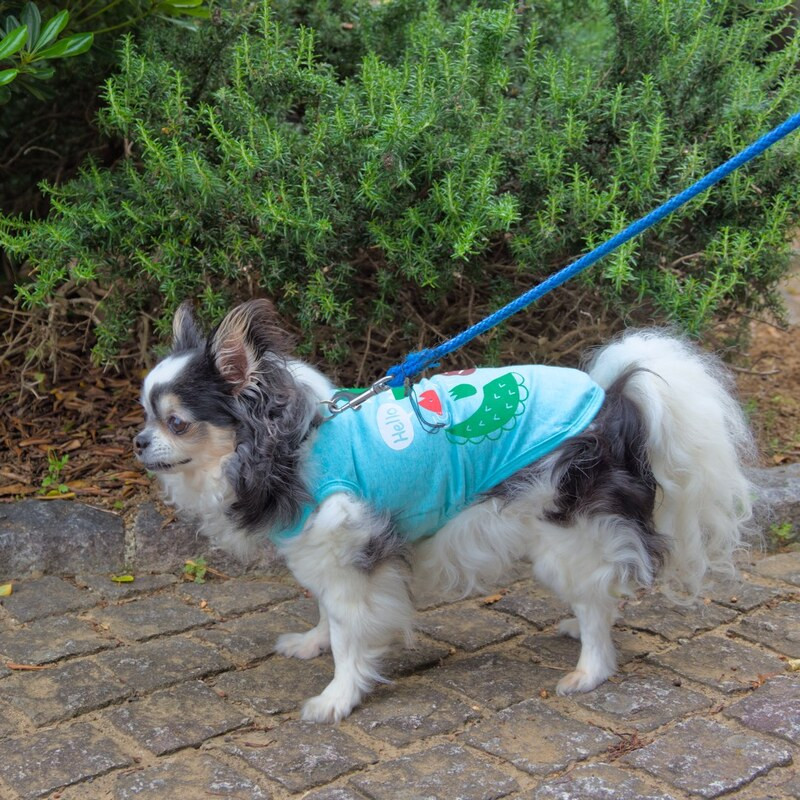
I'm taking a walk in front of Rosemary.
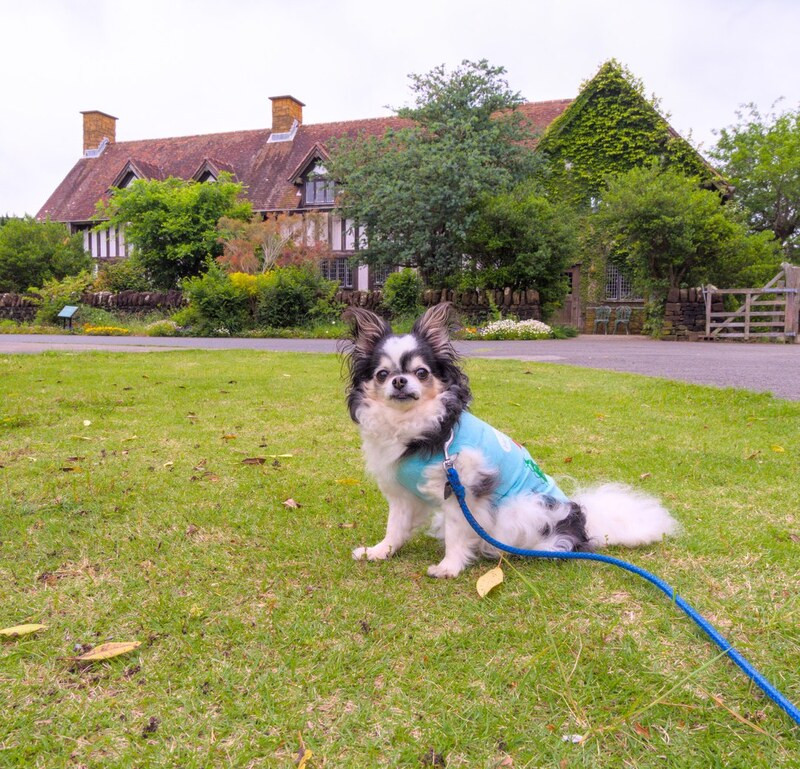
I’m in front of Palmers Farm.
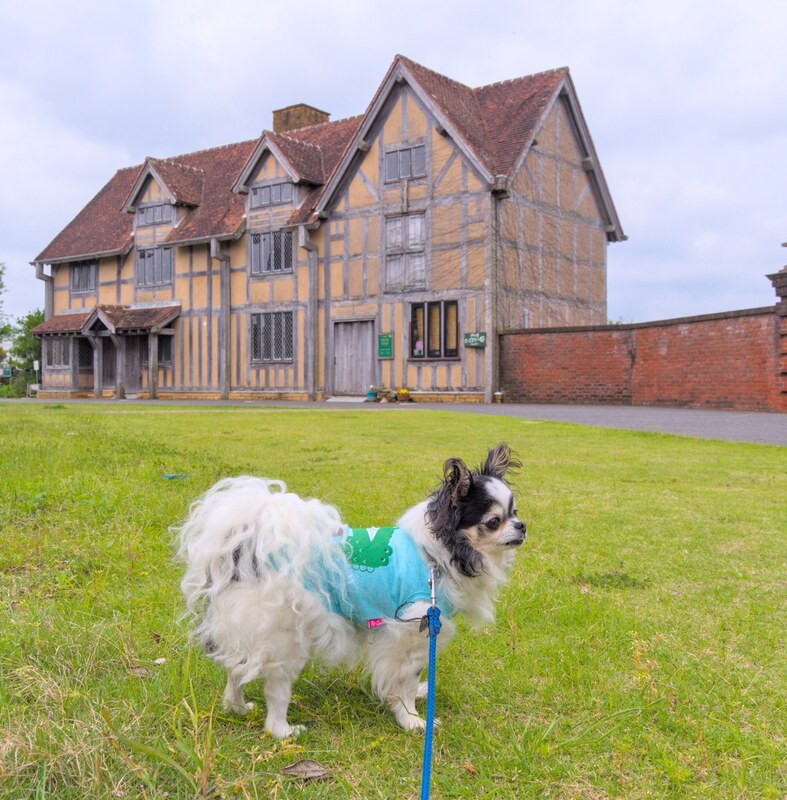
I’m in front of Birth Place, which imitates Shakespeare's birthplace.
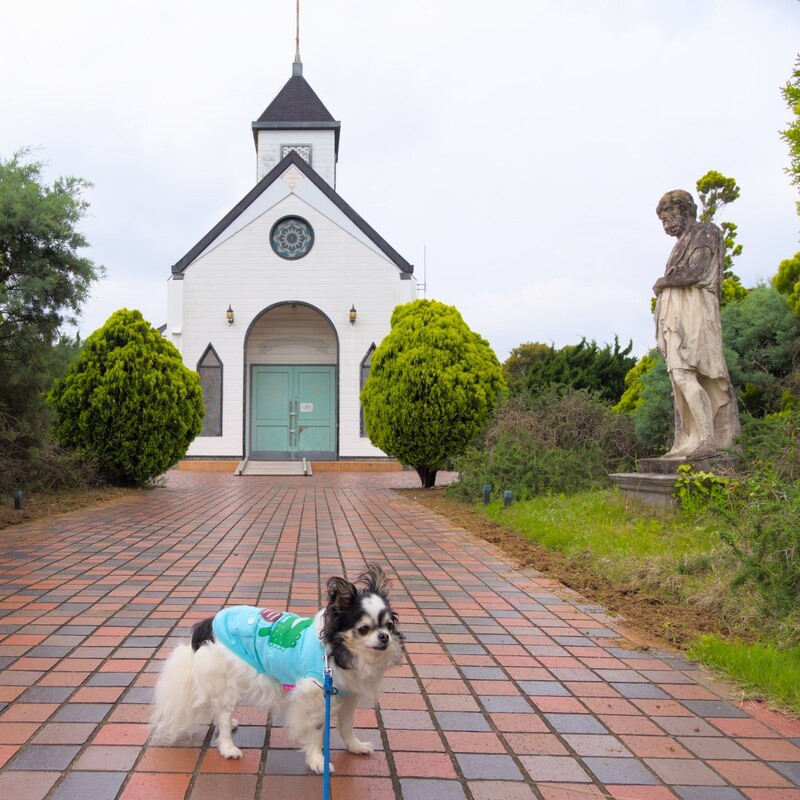
I’m in front of the church-style Rosemary Hall.
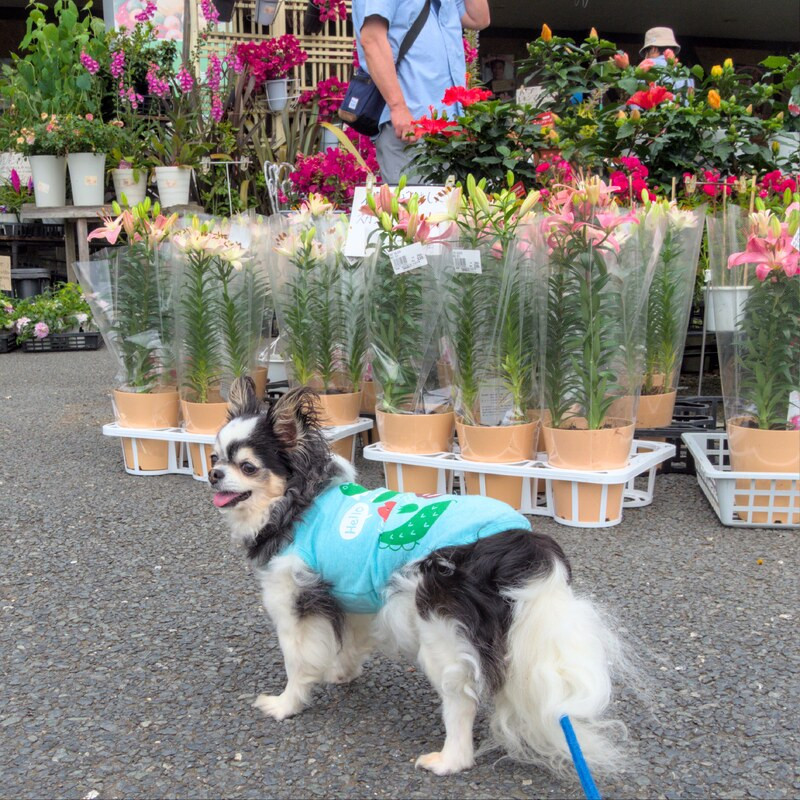
I am in front of Hanamaru Market.
Shakespeare is so popular that many people are studying him. He makes heavy use of metaphors in his works. There is a lot of research on figurative mystery solving, and there are also thick specialized books on his flowery language. Many dogs appear in his works, and they are often used as metaphors rather than actually appearing on the stage.
Perhaps the most famous mention of dogs in Shakespeare's works is Julius Caesar's Act 3, 1st, Line 273, said by Antony.
"Cry Havoc!', and let slip the dogs of war."
Translated literally, this means "Scream in battle, and unleash the dogs of war."
Here, the dogs of war do not mean dogs, but soldiers.
This is annoying to dogs, but dogs are often used as metaphors for vulgar and crude creatures.
However, the influence of Shakespeare is enormous, and "let slip the dogs of war" has already become an idiom, and ordinary people are not aware of dogs, so it is usually translated as "cutting the fire of battle".
In 16th century England, upper-class women had small pet dogs and men had hunting dogs. The working class kept sheep dogs and guard dogs.
I’m a small pet dog. Three Chihuahua dogs were discovered in the town of Chihuahua, Mexico around 1850, and were registered with the American Kennel Club in 1904. In other words, there must have been no Chihuahuas in 16th century England, where Shakespeare was.
So this difficult story has nothing to do with me.
Let's get back to the buildings aside from New Place.
Buildings other than New Place include the Birth Place, which imitates Shakespeare’s birthplace at Stratford Upon Avon, the Palmers Farm, which recreates a 16th-century private house, and the church-style Rosemary Hall.
In the UK, Tudor-style architecture was still popular when Shakespeare was alive, and in some cases, it has influenced the design of today's architecture. Furthermore, it seems that some people dare to make new houses in the Tudor style. For this reason, there are still craftsmen in the UK who can handle the Tudor style.
The three buildings here, “New Place”, “Birth Place'', and “Palmers Farm”, use wood, fittings, cobblestones, bricks, furniture, etc. imported from the United Kingdom. These buildings were temporarily assembled by craftsmen in the UK, disassembled and exported in a container, and finally assembled by Japanese carpenters under the supervision of a British man in Japan.
By the way, "Palmers Farm" is a strange name. At first, I thought this was a type of Farmer's Farm.
The building was called Mary Arden's Farm when Shakespeare Country Park opened in 1997.
Who is Mary Arden?
Mary Arden is Shakespeare's mom. In short, the people planned to restore Shakespeare's mom's home.
However, in 2000, Mary Arden's Farm in Stratford Upon Avon was renamed Palmers Farm because it turned out to be owned by the family of Adam Palmer, a friend of the family who lived next door.
That is why Mary Arden's Farm, a replica of Rosemary Park in Japan, was also renamed Palmers Farm. It is a building with a strange fate.
Anyway, don't worry about the details, take a walk in Rosemary Park and enjoy a time slip into the world of Shakespeare in the 16th century.
Rosemary Park has many flowers including rosemary.
You can enjoy various flowers.
As the name suggests, various flowers were sold at Hanamaru Market. (Hana means flowers .)
The blooming season had already ended, but when I was in front of the Hanamaru Market, I felt like I was in a flower garden.

I'm taking a walk in front of Rosemary.

I’m in front of Palmers Farm.

I’m in front of Birth Place, which imitates Shakespeare's birthplace.

I’m in front of the church-style Rosemary Hall.

I am in front of Hanamaru Market.
